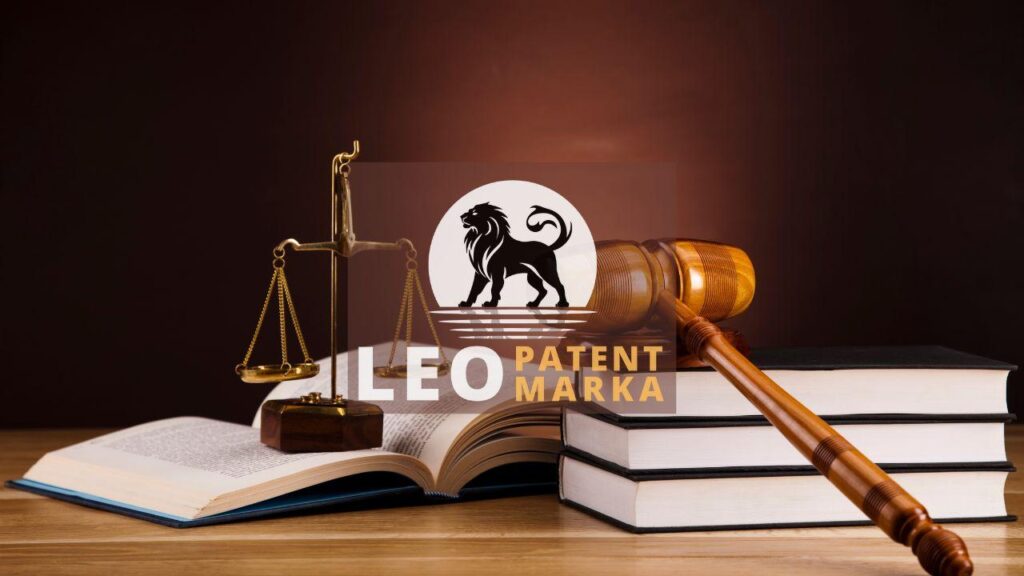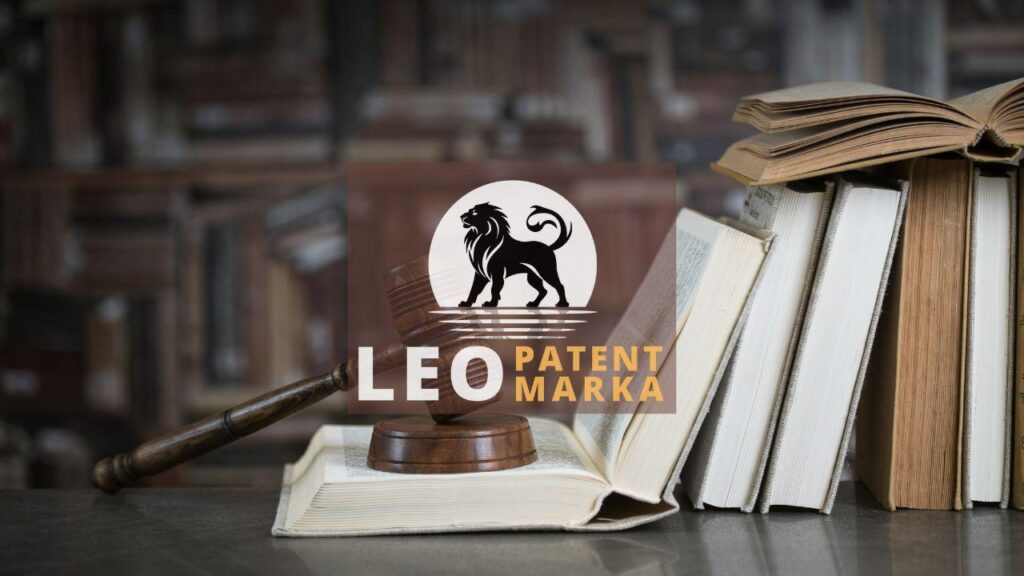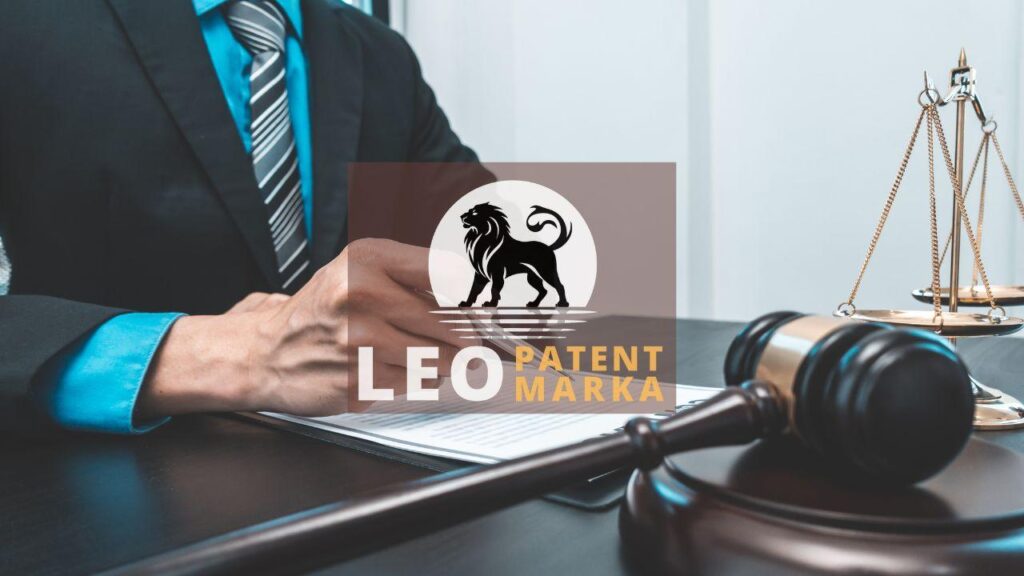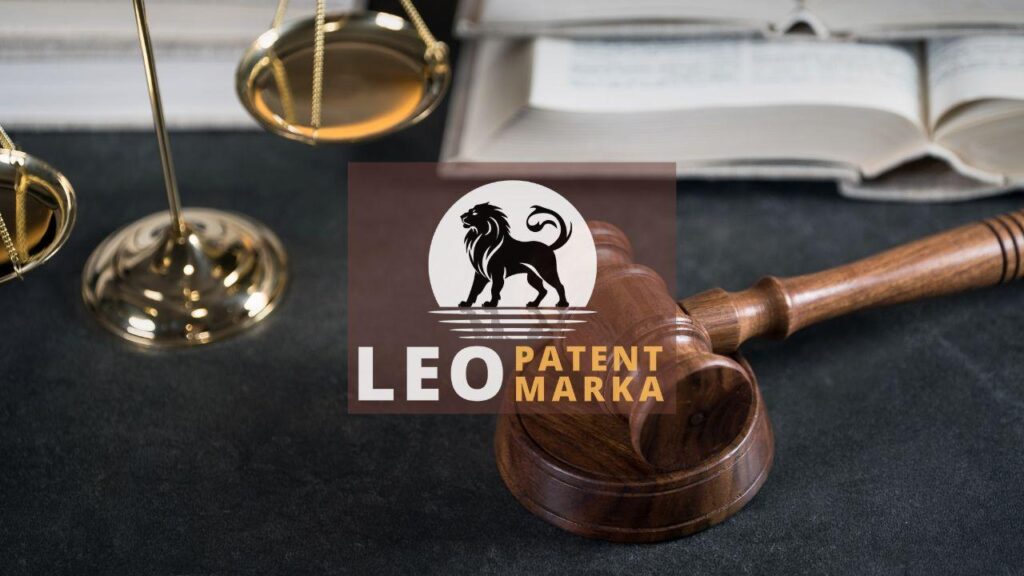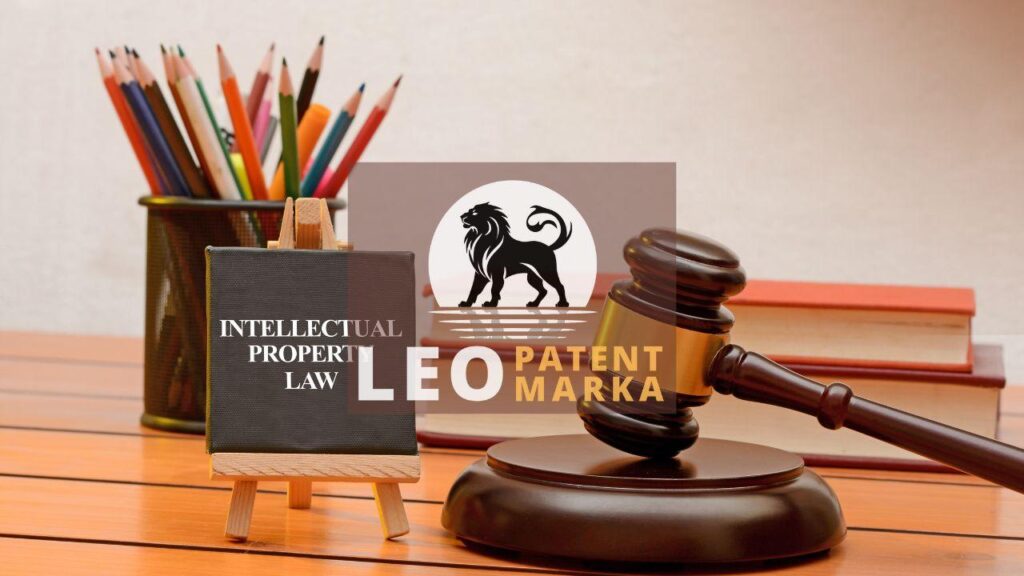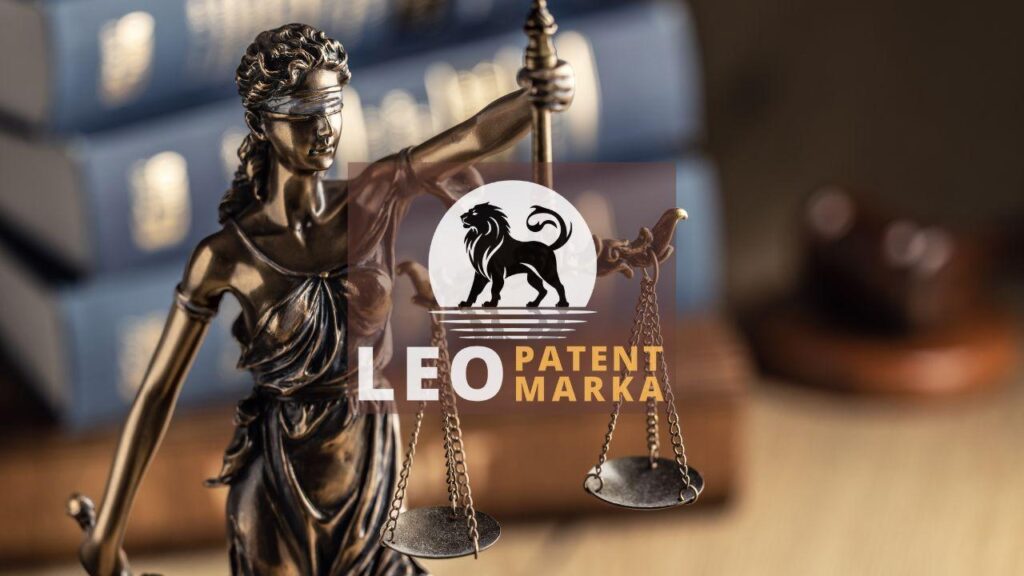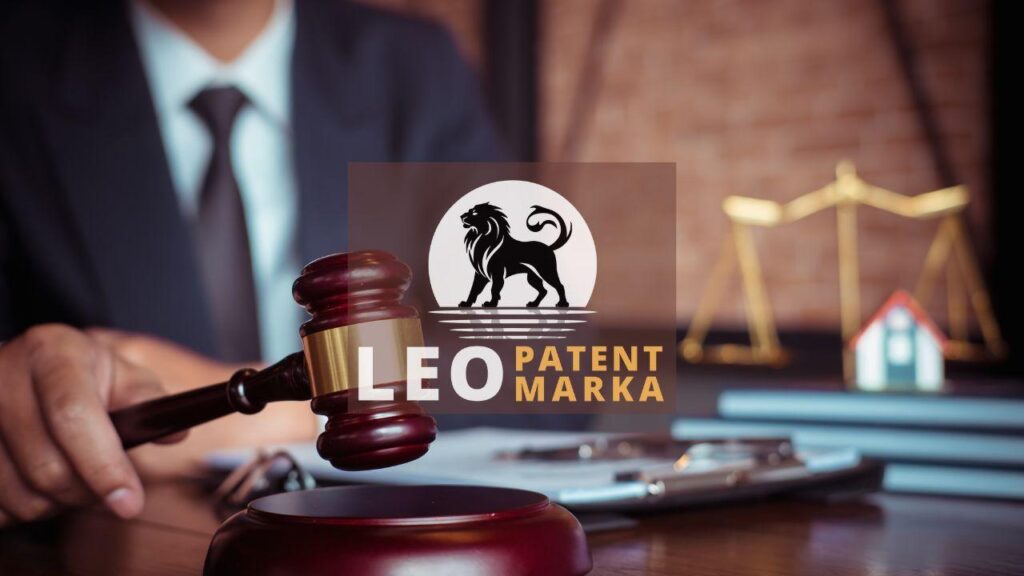In today’s competitive market, the right IP branding strategy can be the secret weapon for building a strong, recognizable brand. Intellectual property for brands such as trademarks, copyrights, and patents doesn’t just safeguard your creations—it solidifies your place in the marketplace. Think of it as armor for brand identity protection, ensuring that your unique logos, designs, and even inventions are safe from imitators. Why is this crucial? Because trademarks and branding go hand-in-hand when it comes to maintaining a distinct market presence. Consider Apple’s trademarked logo or Coca-Cola’s iconic bottle design. These aren’t just symbols; they’re powerhouses strengthening brand reputation. Crafting a solid IP branding strategy is like setting your brand in stone—clear, unmovable, and unmistakably yours. By prioritizing intellectual property for brands, you take the reins in shaping the narrative and success of your brand. Engage smartly and make your brand unmissable.
Leveraging Intellectual Property for Competitive Advantage
In the fierce world of commerce, leveraging an IP branding strategy can be your brand’s secret formula for rising above the competition. Intellectual property for brands offers more than protection—it provides a competitive edge. Imagine your brand identity protection as a fortress, with trademarks and branding standing guard. This guard doesn’t just deter imitators; it makes your brand a fortress, impervious to imitation. Take for instance, how Nike’s swoosh or Tesla’s innovative patents aren’t just assets—they’re statements. The essence of strengthening brand reputation lies in the power of distinctiveness and innovation. By embracing an IP strategy, you build a brand that not only stands out but stands firm. Engage with your strategy smartly, and watch as it transforms your place in the industry from a participant to a leader. In this realm, the right moves in IP can truly be a game-changer.
Harnessing an IP branding strategy is more than a protective shield—it’s a powerhouse for strengthening brand reputation. Intellectual property for brands acts as a vital asset, ensuring that your ideas, symbols, and innovative solutions remain yours alone. Look at how trademarks and branding efforts elevate brands like Google or McDonald’s, whose imprints are unmistakable. They’re not just enforcing brand identity protection; they’re claiming territory in the marketplace, where every inch counts. The power of a unique identity speaks volumes in competitive arenas. It’s like crafting an unassailable image that sets your brand apart. When well-executed, an IP branding strategy turns trademark elements into household identifiers, putting your brand at the forefront of consumer minds. By focusing on distinctiveness, you make sure your competitors are always a step behind. Capture the competitive advantage with intellectual property no one else can claim—make it your brand’s signature move.
Leveraging IP branding strategy could transform your brand’s narrative, making intellectual property for brands not just an obligation but a masterstroke in staying ahead. Imagine brand identity protection as a chess game, where every move counts. Trademarks and branding are your strategic pieces, keeping your brand formidable with each calculated motion. Take a cue from industry titans who maneuver these strategies to maintain their top-tier status. Continuously strengthen brand reputation by leveraging these assets wisely. The right IP approach can create a moat around your creativity, deterring copycats. In the race to maintain relevance, distinctiveness becomes your knight in shining armor, protecting the originality you’ve built. This advantage isn’t just incremental; it’s transformational. Prioritizing unique claims and enforcing your territory can elevate your brand from a mere player to a dominant force in the market. Stand firm, stand out, and let your IP branding strategy do the talking.
The Impact of Trademark Protection on Brand Loyalty
Trademark protection plays a key role in fostering brand loyalty. When consumers see a trusted symbol, like the Nike swoosh or the McDonald’s golden arches, they know it’s backed by quality and consistency. This assurance comes from a robust IP branding strategy that guards against knock-offs, reinforcing trust in the brand. Intellectual property for brands acts as a beacon, guiding customers back to the same familiar products. Additionally, brand identity protection keeps your brand’s image untarnished by imitators. As customers develop an emotional bond with your trademarks and branding, the stronger their loyalty grows. This connection is vital for strengthening brand reputation. Imagine a situation where every competitor could freely use your logo—a chaotic image where loyalty wanes. By leveraging copyright protection, brands not only secure their symbols but also build a dedicated customer base. In doing so, they ensure their brand remains a reliable choice in the consumers’ minds.
Trademarks and branding are not just legal necessities; they are emotional anchors. When consumers encounter a familiar trademark, a story unfolds. The logo isn’t merely a visual cue; it symbolizes experiences and reliability. A well-crafted IP branding strategy ensures that these symbols remain exclusive, enhancing brand identity protection. Picture a world where anyone could plaster your brand’s mark—confusion would reign supreme, eroding trust overnight. Intellectual property for brands offers a defense line, safeguarding the core of what makes a brand recognizable. As trust blossoms, strengthening brand reputation becomes a natural progression. Infusing your branding with unmistakable trademarks signals to consumers that they can expect the same excellence with each interaction. The consistent use of trademarks ties in closely with an IP branding strategy that reinforces consumer faith. Cultivating this trust is paramount to fostering unwavering customer loyalty and ensuring your brand’s future success.
Through a strategic IP branding strategy encompassing trademarks and branding, businesses gain more than just legal protection—they secure brand loyalty and elevate their market stance. Trademark protection sets the stage for brand identity protection by ensuring consumer trust isn’t exploited by counterfeiters. This trust, nurtured through intellectual property for brands, creates a unique bond between the consumer and the brand, often unseen but deeply felt. Imagine sipping a soda from a can that mirrors Coca-Cola’s iconic design but lacks its originality. Such scenarios could dilute consumer confidence, tarnishing years of effort put into strengthening brand reputation. Hence, robust trademark protection has a ripple effect—broadened recognition leads to heightened loyalty, turning first-time buyers into lifelong brand advocates. Ensuring trademarks remain exclusive not only protects the brand image but also cultivates an ecosystem where loyalty thrives naturally, making your brand the go-to among consumers.
Strategies for Effective IP Management in Brand Development
Implementing an IP branding strategy is no small feat, yet it’s fundamental for brand development. Start by weaving intellectual property for brands into your DNA, ensuring every part of your brand story reflects distinctness. Prioritize brand identity protection as if it were your crown jewels. It’s more than just safeguarding; it’s about etching your brand into customers’ minds. By registering trademarks and branding assets early, you lay the groundwork for a formidable market presence. Think of it as building a lighthouse—clear, bright, and unmissable from afar. Each trademark adds a layer to strengthening brand reputation, marking territory in a bustling marketplace. Keeping an eye on trends isn’t just about staying relevant; it’s about foreseeing challenges and navigating them with agility. Remember, a well-managed IP strategy is your roadmap to steering brand success, ensuring you’re not just in the race but leading it.
Effective management of IP branding strategy involves a dynamic approach that aligns with the broader goals of brand growth. Start by identifying the core elements that require intellectual property for brands—anything that sets you apart. Protect these through fastidious registration of trademarks and branding elements, forming a sturdy foundation. But remember, it’s not about stashing these assets away; think of it as arming your brand with prestige. Actively monitor your portfolio, ensuring your brand identity protection stays unyielding against evolving market currents. Use tech tools to detect potential infringements, think of them as sentinels keeping watch. Collaborate with legal experts to anticipate potential threats—inciting action before issues arise. Each step in management feeds into strengthening brand reputation, carving out a permanent niche in the crowded arena. Like a well-oiled machine, actively managing your IP ensures you’re geared up for every twist and turn on the path to brand success.
Building robust IP branding strategies starts with a culture of vigilance. Know your assets and protect them fiercely. Begin by auditing current trademarks and branding—are they up to par, truly reflecting your vision? Just as a gardener tends every plant, nurture each element of intellectual property for brands carefully. Review and update your registrations regularly, treating them as living entities that evolve with your brand. This contact vigilance builds impenetrable brand identity protection. Translate these efforts into a strengthening brand reputation by creating a narrative that aligns with these values. Educate your team about the importance of IP, making everyone a stakeholder in safeguarding what you’ve built. Leverage cutting-edge tools to fortify your strategy, much like using a security system to guard treasured possessions. Finally, remember: proactive measures today prevent battles tomorrow, cementing your leadership in the competitive marketplace.
Disclaimer: This article is for general information purposes only and it is recommended that you consult experts and companies in that field to evaluate your specific situation. We are not responsible for any damage that may arise from the use of the information in this article.

